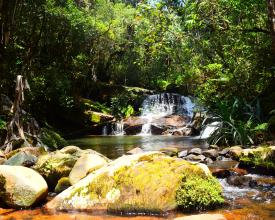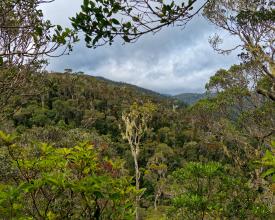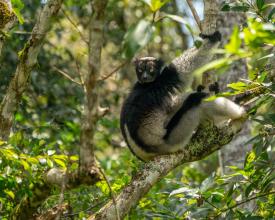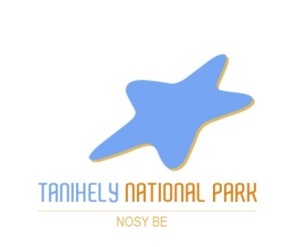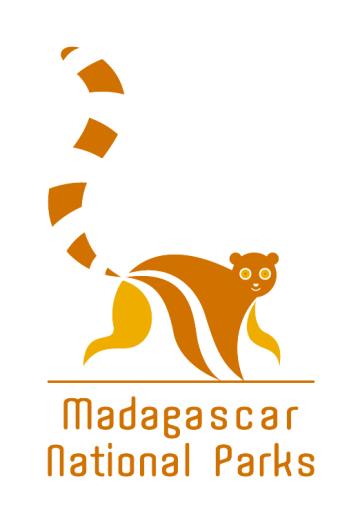
Managing pressure by promoting ecotourism
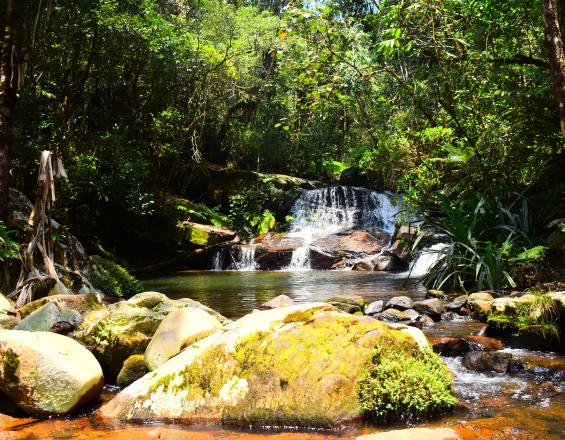
Tavy or land clearing is a traditional cultivation system used by the Mantadia Park community. The western part of the park has a high ecotourism potential. Over the last decade, 266,664 tourists have been recorded.
91 local guides have undergone training to improve their skills. Ecotourism infrastructures and hotels have been built to welcome tourists. Collaboration with tour operators has been set up to raise the profile and appeal of these tours. A clear 35% increase in the guides' turnover and the annual income of the local population has been recorded. The socio-economic context in the park's western zone has improved thanks to the creation of jobs through ecotourism activities. As a result, anthropogenic pressures have been reduced and the park's forest cover has been maintained at 13,500 hectares, thanks to controlled clearing in this zone.
Context
Challenges addressed
Location
Impacts
70% of the livelihoods of the people living near the park depend on ecotourism, which in turn increases their annual income. 1,500 people are direct beneficiaries, such as local guides, hotel employees and tour operators. Indirect beneficiaries number 13,520 and include shopkeepers and farmers. By 2023, the economic impact for local residents will reach up to 460 million Ariary, and the turnover of local guides will be 1.7 billion Ariary. The annual income of hoteliers is excluded from this figure. Visitor entrance fees make a substantial contribution to the park manager's operating budget, along with expenditure on conservation activities. The protected area's self-financing index is 0.69.
The frequent presence of guides has also complemented the patrols and surveillance carried out by park agents, limiting human activities.
Threat level is an indicator obtained using IUCN's MIRADI software to assess the ecological integrity of conservation target species. Day lemurs (Indri indri, Varecia variegata editorium, Prolemur simus, Propithecus diadema) are chosen as conservation targets. Since the promotion of ecotourism, this level of threat has become moderate, as human pressure has been brought under control.
